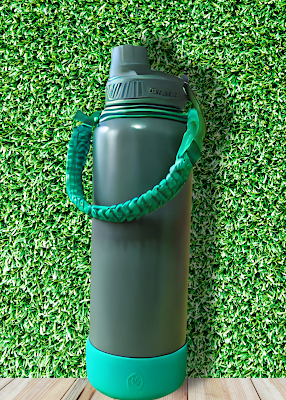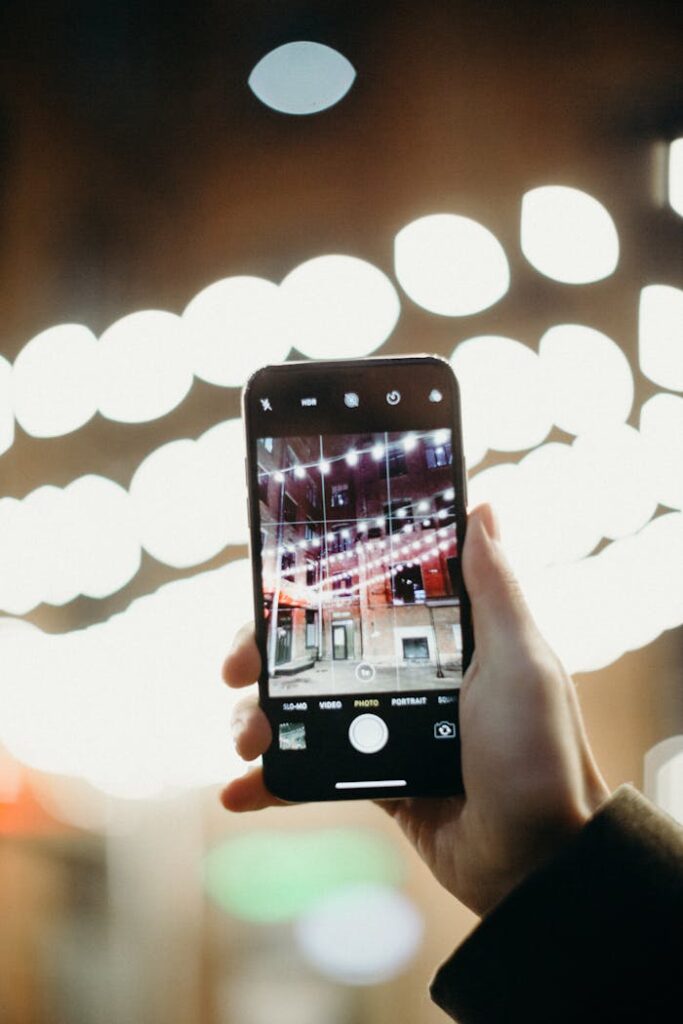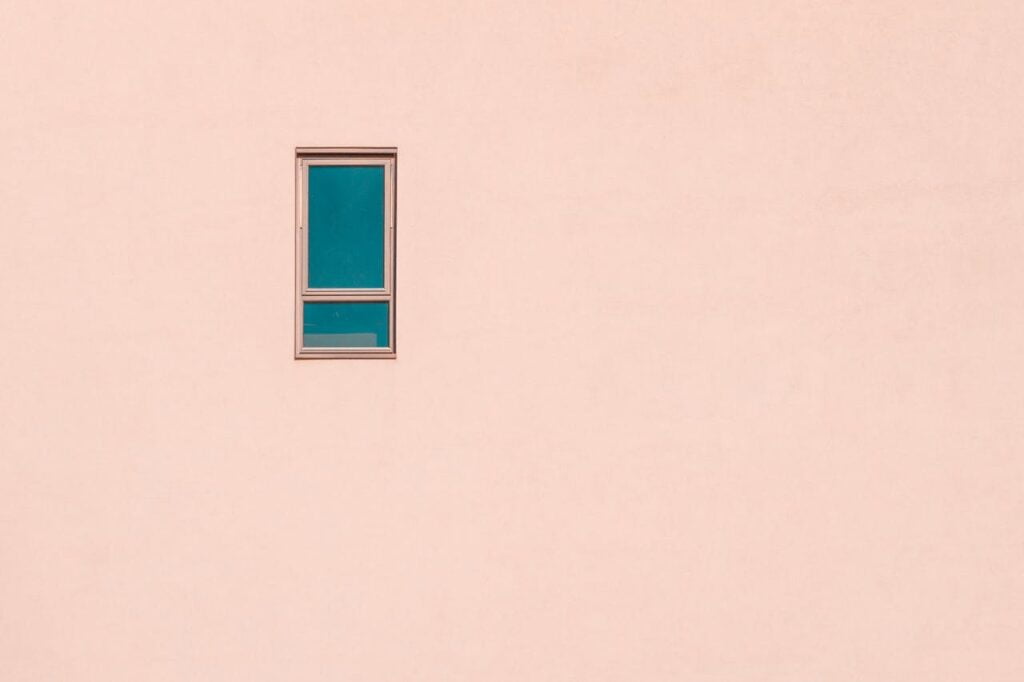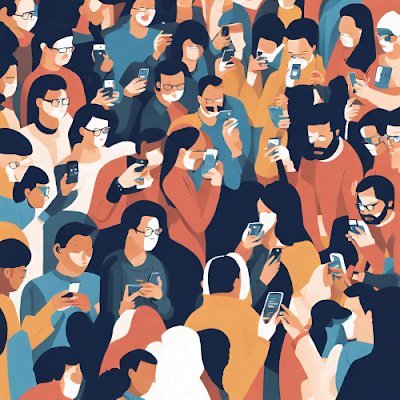Have you ever tried flexing something? Let’s talk about that.
Last Saturday, following a week filled with the fast-paced demands of academic life, I decided to take a step back and went to SM Calamba to unwind and treat myself for a while.
My friend and I went to Samgyup Korean Restaurant to fill our tummies, then headed to the salon for haircuts. Right after, we went to Book Sale to feed our minds, spending half an hour looking for affordable books that suited our genre preferences.

The exciting part came when my friend bought some personal items like bags, while I decided to get myself a tumbler. We went to the Aquaflask store to purchase what I desired for that day before heading home.
At the store, I felt overwhelmed with excitement while choosing the color that would suit my eyes and be worth spending my money on.
I found myself in a difficult situation deciding what to buy because all the options were beautiful. Ultimately, the color gray, metallic silver, and dark green were my top choices. However, color gray won as it looked more appealing to my eyes at that time compared to the others.
But the story doesn’t end there. One of the saleswomen who assisted us offered some accessories for the tumbler I was about to purchase. She suggested an elastic suit to protect the lower part of the tumbler from scratches and other accessories to add more security and prevent it from falling when my hands are wet. In the spirit of “Deserve ko ito” during that time, I decided to splurge and bought all those accessories.
When I reached the counter to pay, the price truly shocked me. It exceeded my calculations. The tumbler itself was quite pricey, and the accessories added significantly to the overall cost. Despite the unexpected expenses, I didn’t want to come across as “kuripot” (stingy), and as I mentioned earlier, “deserve ko ito!” I left the store happy and satisfied with my new tumbler.
However, even though I wanted to relax and unwind, my mind couldn’t help but reflect on certain things. At that moment, I found myself contemplating the price of my tumbler and the motive behind buying it. Was it reasonable for me to make this purchase?

I began with a simple question to myself. As I continued to ask more questions, it led me to a particular cultural phenomenon that many of us experience but perhaps choose to ignore, thus ultimately turning it into a norm – the “Flex culture.”
We often hear and see phrases related to flexing on social media posts, such as “Guys, flex ko lang itong shoes ko, ang ganda ih. Kakabili ko lang,” or “Flex ko itong damit ko ang aesthetic ih,” among others. These expressions are commonly used by the younger generation today.
However, flexing is not just about vocalizing one’s possessions; it extends to people’s actions as well.
I am writing about this not with the intention of excluding myself from this culture, but to acknowledge that I am one of the individuals partaking in the flex culture. I also want to clarify that I harbor no negativity towards the store, its products, or their pricing. My experience with them served as a revelation, leading me to discover the flex attitude within myself, of which I was previously unaware.
In case anyone reading this may ask themselves what flex culture is all about, according to google, “flex culture” is a social phenomenon often on social media. It is typically means showing off or flaunting something, often to impress or boast. When someone is “flexing” on social media or in everyday conversation, they are showcasing their achievements, possessions, skills, or status, usually with the intention of gaining admiration or attention from others.
What is not good about the flex culture? In my own perspective, here are some reasons.
1. Flexing leads us to become irrational.

Sometimes, we buy things not because we need them, but because we want to look appealing to others. In my case, I could have bought just a tumbler alone.
Still, since having accessories is the trend nowadays, I purchased them. It is irrational because the tumbler alone is enough.
Similarly, in this modern society, the majority of the youth are doing the same thing. We buy things beyond what we need just to look presentable and follow the trend. We attach the idea of being “left behind” to what is trending if we don’t have those things.
It is okay if you can afford to buy things and you have an important personal reason for doing so. But if your ultimate goal is simply to follow the trends for flexing purposes, then I guess it’s time to ask yourself, where will this attitude lead me? Technologies are constantly evolving, and as we observe a new model of a phone being released today, a newer upgraded model will be released in the next month or the following month, and so on.
Thus, if you constantly chase all these things just to follow the trend, someday you will lose the value of contentment in yourself. It is where insecurities gain control over you, and you will lose sight of the things that really matter.
Do you really need it, or do you need someone to see that you have it?
2. It leads us to value outward appearance more than what is inside.

In the context of buying my tumbler, what is genuinely important is that the tumbler holds water inside. The accessories I bought to make my tumbler look appealing outwardly are insignificant.
While they make my tumbler look even more beautiful, the fact remains that even without the accessories, my tumbler is still a tumbler, and it does not affect its ultimate purpose, which is to hold water inside.
Similarly, in this modern age, everybody wants to have beautiful things or look beautiful. We romanticize and associate beauty with being perfect. Social media has taught us to behave like this.
We are now in an age where everybody wants to embrace the idea of illusion more than reality. Being “perfect” is just an idea, and it does not exist physically. Therefore, why focus more on outward appearance instead of within?
Our values that reside in us as humans might not be seen by our eyes, but they are felt by our hearts and radiates in the way someone lives. Our eyes, seeing the beauty of the world, will surely fail us as we grow older, but the eyes that our hearts possess to see the beauty of an individual within will never fail and will get clearer and stronger as we age.
3. A loss of connection to each other.

Buying things for the purpose of flexing might incur a meaning that we have become more self-focused, and we lose the value of appreciating others.
Some resort to flexing because they feel unappreciated, alone, and by creating noise to tell everybody, “hey, I am here,” flexing becomes the new way to execute this seamlessly.
Others might feel alienated because many of us fail to recognize them for not having things like money, educational degrees, jobs, or even a high number of followers or likes on different social media platforms.
We fail to provide the compassion that we need, especially for ourselves and, most importantly, to the people around us.
In this modern world, many seek connections for self-interest. We provide help and create connections with the idea that they will help us back in the future or whenever we want something from them. We don’t connect because we genuinely want to make friends or connections without the main purpose of the advantages it provides in the future.
As I remember the words of our cell leader in one of our prayer meetings, he said, ‘You can give without loving, but you cannot love without giving.’ Appreciation is a form of love. Let us appreciate others and build genuine connections.
Buying things for personal growth, such as enhancing our confidence, ensuring comfort, rewarding ourselves for hard work, or promoting well-being (like purchasing a tumbler for hydration), is entirely acceptable. These actions add genuine value to us as individuals, particularly in fostering self-love and appreciation.
When our cups of love overflow within us, we can then share that love generously with others. However, if the motive is solely for the purpose of flexing, it’s time to flex-end.

